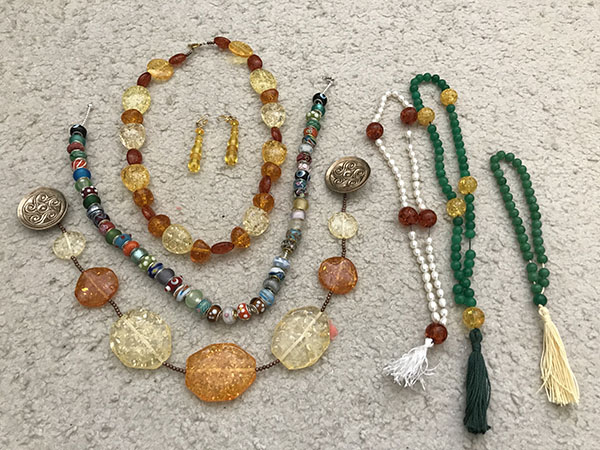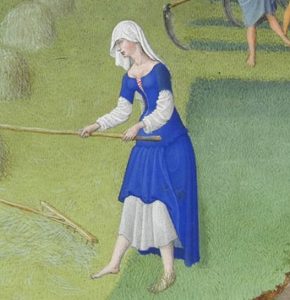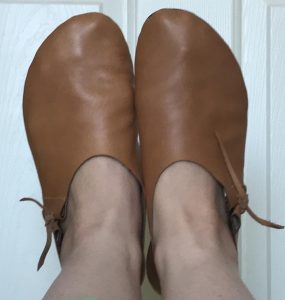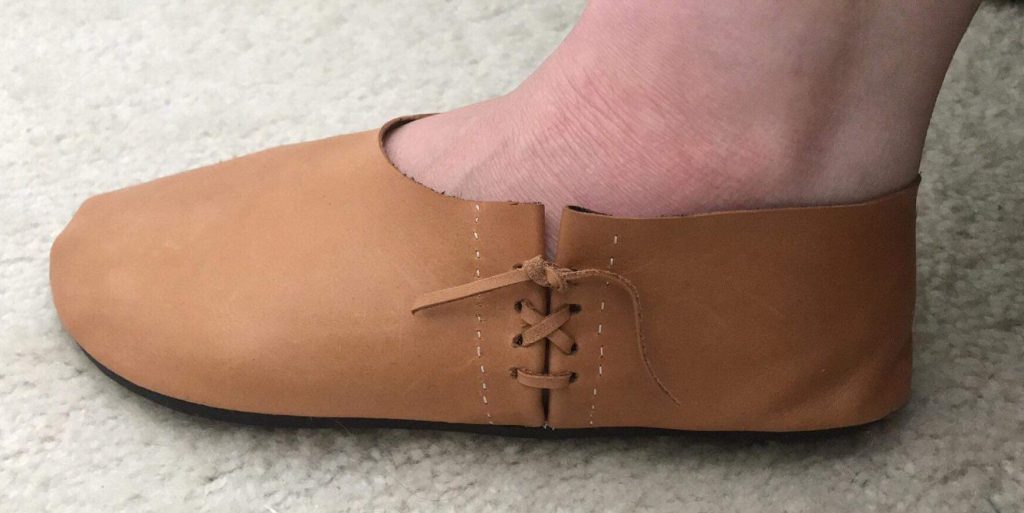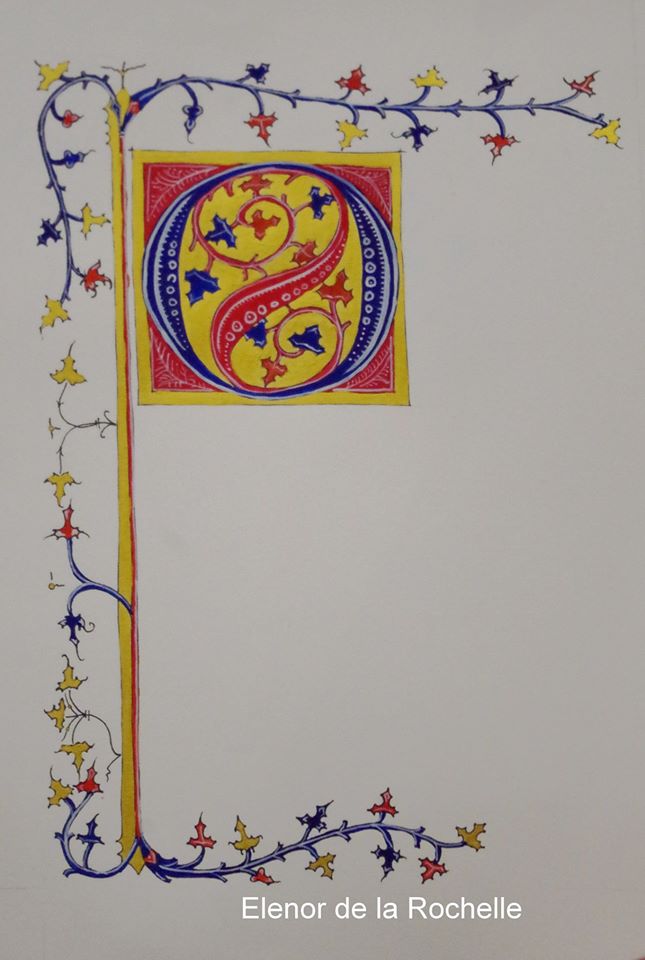Esa inghean Donnchaidh was one of the first people I met in the SCA, and the memory of our meeting is engraved on my heart. We very quickly found out that we shared many interests (including dance, Scotland, the 14th century, and “early period” Britain). She’s also a fantastic researcher, doing masters-level (or higher!) research in her free time on women’s health and menstruation (you can check out her blog here and her website here). As a newcomer, she made me feel seen, welcome, and safe.
So when her Laurel, Beatriz Aluares de la Oya of the Spanish Seamstress, asked if I could find the time to write the words for Esa’s Golden Dolphin scroll in a tight turnaround, I thought I would rather gnaw off my own arm than say no.
Since the exemplar was from the Aurora Consurgens manuscript, specifically of “Bleeding Woman in Zodiac” / “Zodiac Menstrual Cycle,” I knew it was time for some iambic pentameter again! That said, the Aurora Consurgens manuscript is from the 15th century, slightly earlier than other recent scrolls I’ve written for, so I decided to use rhyme royal, a seven-line stanza in iambic pentameter with an ABABBCC rhyming scheme. Bonus: Geoffrey Chaucer first used this in the 14th century!
The poem itself has many nods and winks to Esa’s work, deeds, and path in the SCA. I am not going to explain them here, as they are for her pleasure to enjoy and discover.
The final scroll was calligraphed and illuminated by Baroness Ingegerd Kastanrazi.
The Poem
O Venus, shining morning star, your light
Cannot be curtly dimmed by sun or moon.
Your curving path inscribes a divine flight,
A warming sight, a wondrous heavenly boon,
That reddens, flickers, blazes. Your face festoons
The midnight sky with glowing mystery,
Luminous bleeding generosity.
This wand’ring star has brilliant earthly twin
Whose arduous work illuminates the shade.
With labors long in stony broch and glen,
Heavy tasks she welcomed, refined, and weighed,
Service, wisdom, and truth bound and displayed.
The wise women know worth in blood and bone:
Esa inghean Donnchaidh their beloved own.
For love of Esa are these words proclaimed,
From Stierbach’s gates throughout the kingdom decreed.
Justice done by gentle Eckehard and Jane
Who thus award, as sages have agreed,
A lady who aids in spirit, word, and deed.
Th’ Order of the Golden Dolphin awaits
Esa, newest member, to celebrate.
Done November 20th, A.S. LVI, at Holiday Faire.
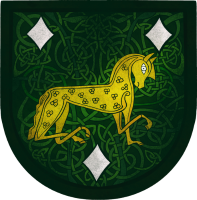
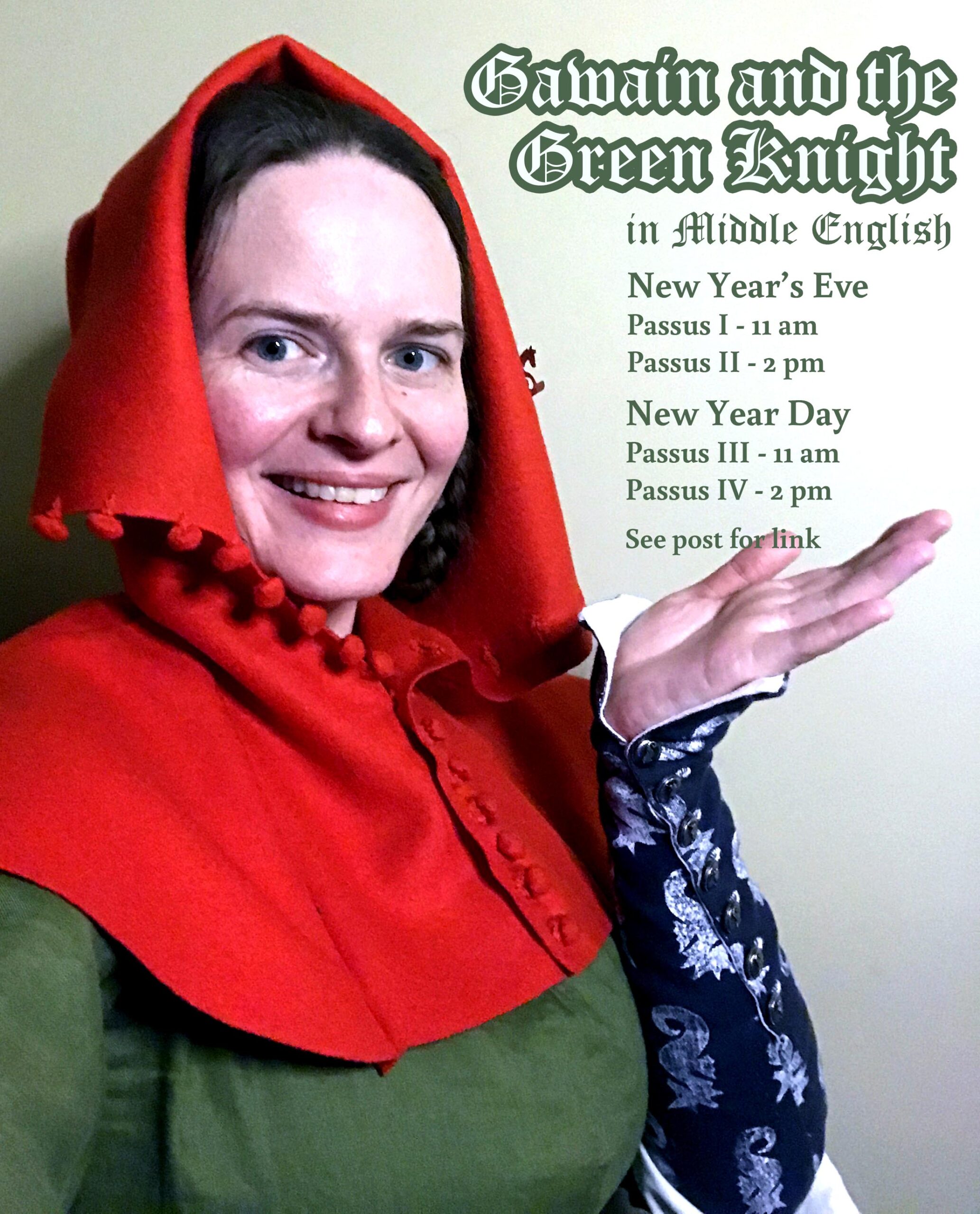

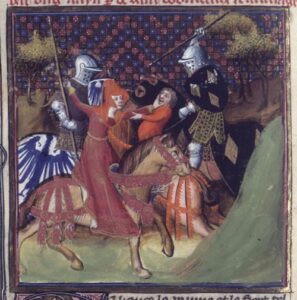
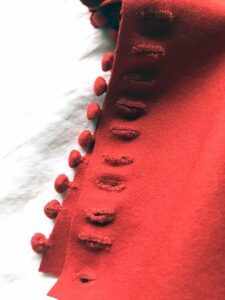
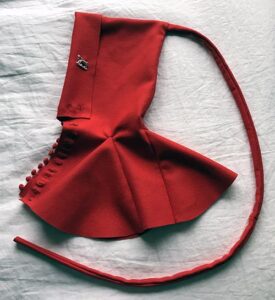
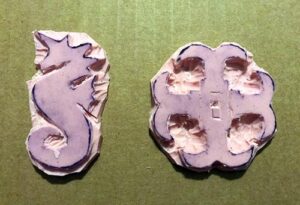
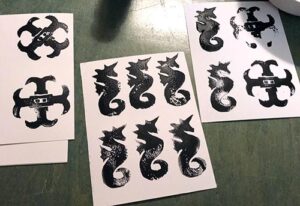
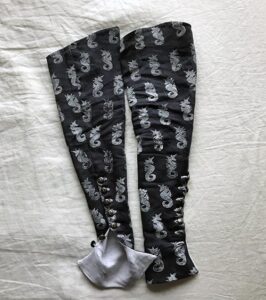 In making up the sleeves, I half-lined them just past the planned buttons so that I would have a contrast color when turning back the long cuffs. I cut them so that the cuffs just reach my knuckles, which is consistent with other sleeves I saw in the manuscript. The buttons are (appropriately) Spike buttons that were favors from previous A&S displays and competition, and I again enjoyed making buttonholes way too much. The linen was sewn and flatfelled with cotton, but the buttonholes were sewn with linen thread (the buttons were also sold on with linen). The final sleeves are skin-tight, and make me feel very fashionable!
In making up the sleeves, I half-lined them just past the planned buttons so that I would have a contrast color when turning back the long cuffs. I cut them so that the cuffs just reach my knuckles, which is consistent with other sleeves I saw in the manuscript. The buttons are (appropriately) Spike buttons that were favors from previous A&S displays and competition, and I again enjoyed making buttonholes way too much. The linen was sewn and flatfelled with cotton, but the buttonholes were sewn with linen thread (the buttons were also sold on with linen). The final sleeves are skin-tight, and make me feel very fashionable!